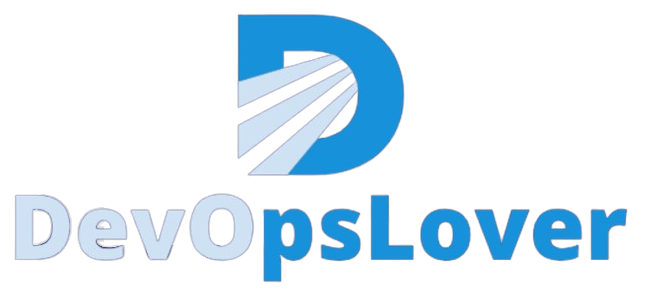1. Framework ani Infrastructure:
Platform: Python is the most popular language for AI and machine learning projects.
Frameworks: PyTorch or TensorFlow for building custom AI models.
Data Storage: You can use SQL (like MySQL or PostgreSQL) or NoSQL (like MongoDB) databases to store and retrieve data.
2. Setup Environment:
Step 1: Install necessary libraries:
pip install torch torchvision tensorflow
pip install transformers
pip install pandas numpy
pip install flask3. Develop AI Models:
You can either train your own models using PyTorch/TensorFlow or use pre-trained models from libraries like Hugging Face Transformers.
Example using Hugging Face Transformers:
from transformers import pipeline
# Load a pre-trained model
nlp = pipeline("question-answering")
context = "Your custom data context here."
question = "What do you want to know?"
result = nlp(question=question, context=context)
print(result)4. Build a Backend:
Use Flask to create a simple API for interacting with your AI model.
Example Flask App:
from flask import Flask, request, jsonify
from transformers import pipeline
app = Flask(__name__)
# Load your model
nlp = pipeline("question-answering")
@app.route('/ask', methods=['POST'])
def ask():
data = request.json
question = data['question']
context = data['context']
result = nlp(question=question, context=context)
return jsonify(result)
if __name__ == '__main__':
app.run(debug=True)5. Secure the Application:
To make sure only you can access this AI, you can implement an authentication mechanism using tokens or API keys.
Example:
from flask import Flask, request, jsonify
app = Flask(__name__)
# Secret API key
API_KEY = 'your_secret_api_key'
@app.route('/ask', methods=['POST'])
def ask():
if request.headers.get('API-KEY') == API_KEY:
data = request.json
question = data['question']
context = data['context']
result = nlp(question=question, context=context)
return jsonify(result)
else:
return jsonify({'error': 'Unauthorized'}), 401
if __name__ == '__main__':
app.run(debug=True)6. Hosting:
You can deploy your Flask app on platforms like Heroku, AWS, or Google Cloud.
7. Access:
Use tools like Postman or develop a simple front-end to interact with your AI assistant.
Yashasvi hone sathi tu ek outline ani base tayar kela pahije. Tyamule detail implementation madhe kahi queries astil tar mala nakki sang.
- Logic Building Assignments – 2025 - October 15, 2025
- Create Your First Ansible Playbook: Step-by-Step Guide - September 29, 2025
- Ansible Beginner’s Guide – What is Ansible & Step-by-Step IT Automation - September 9, 2025
